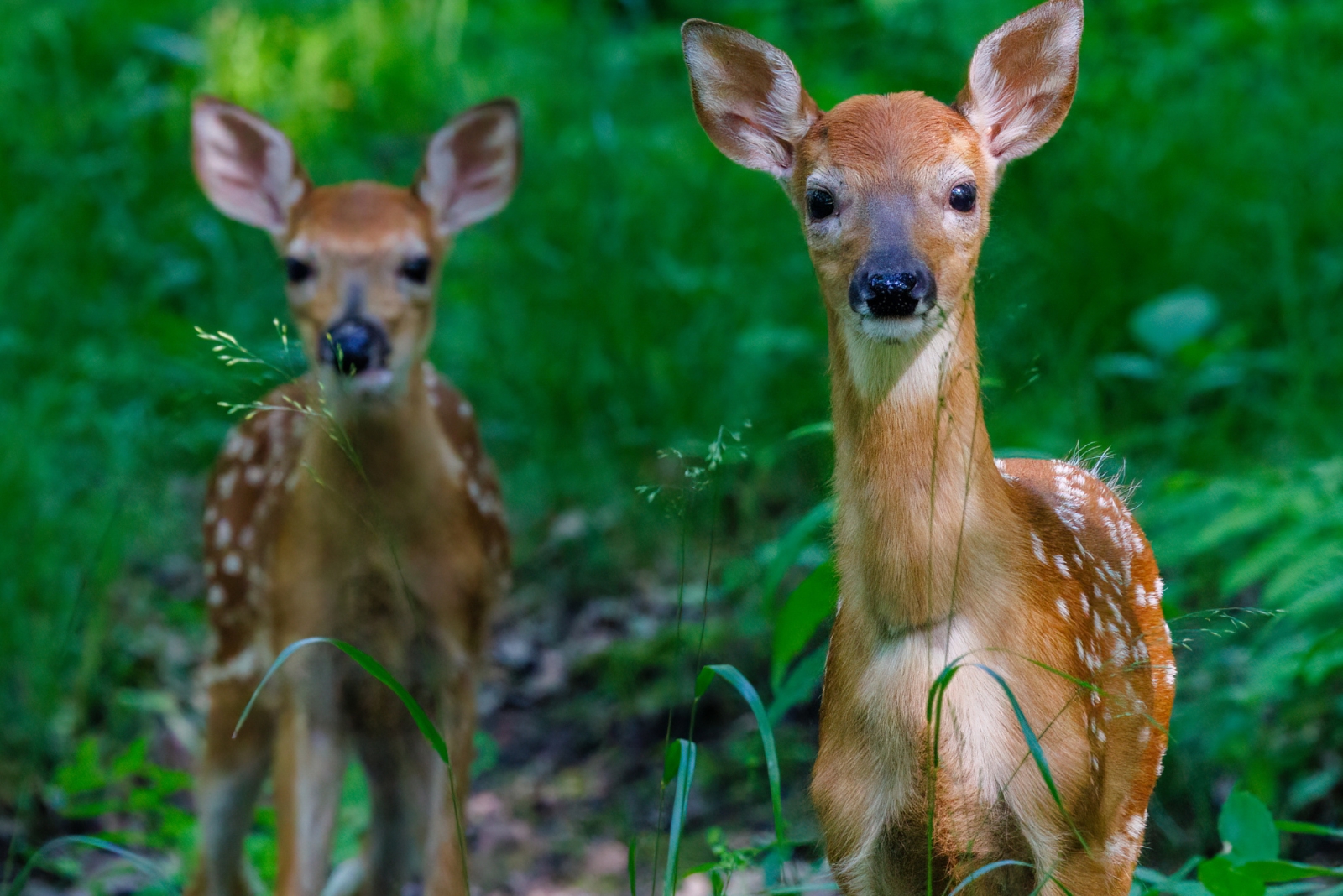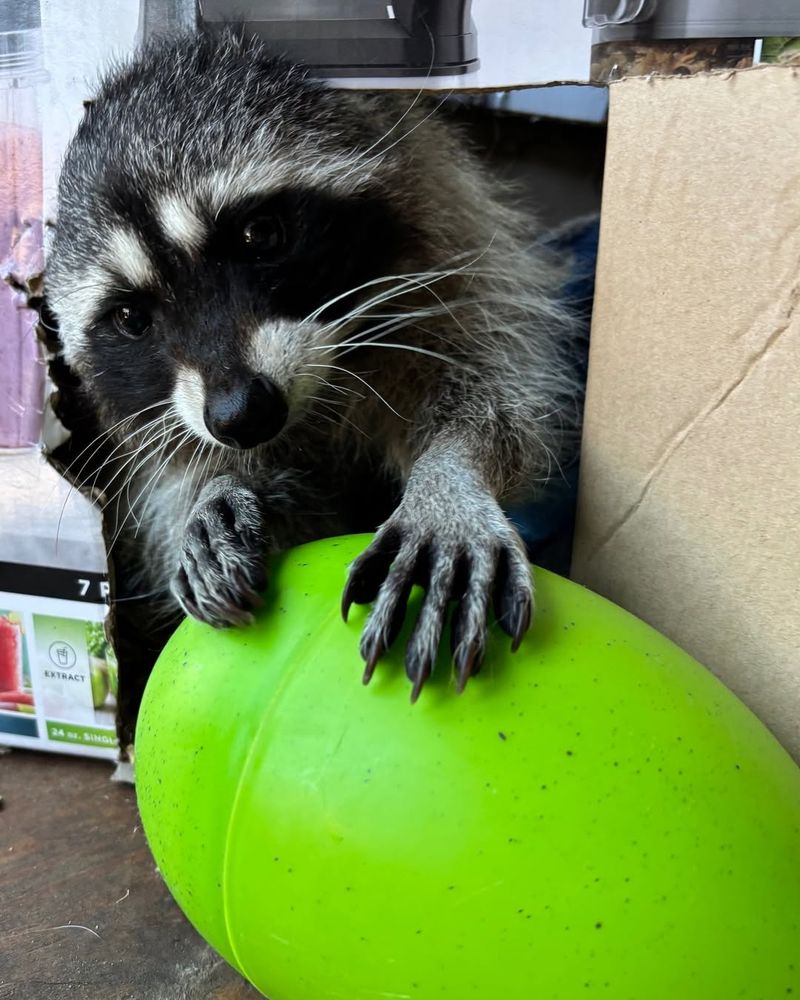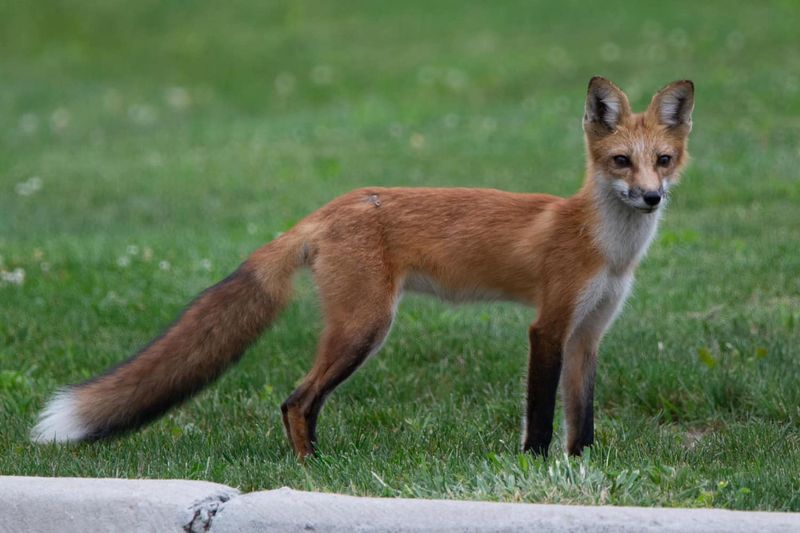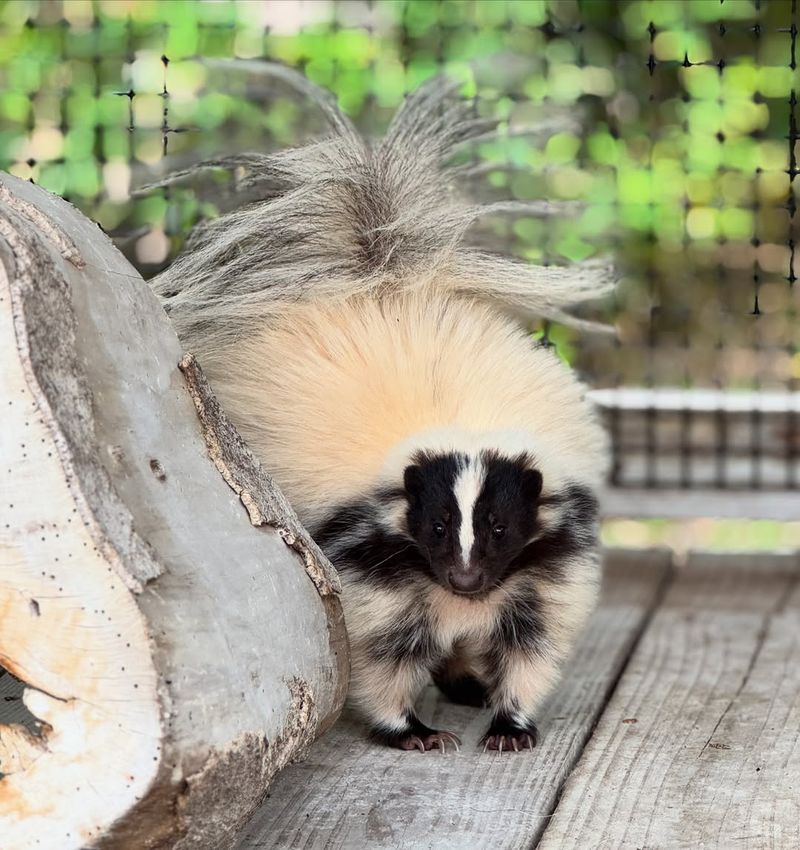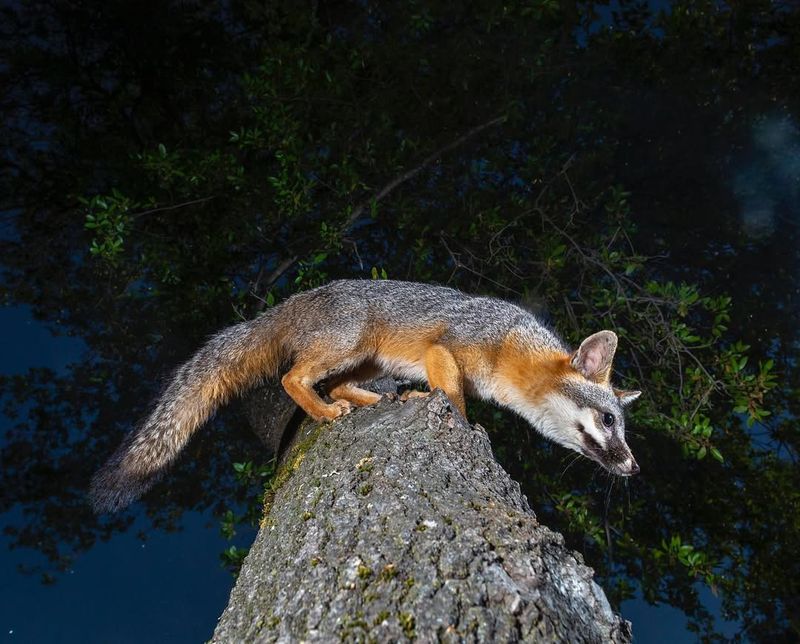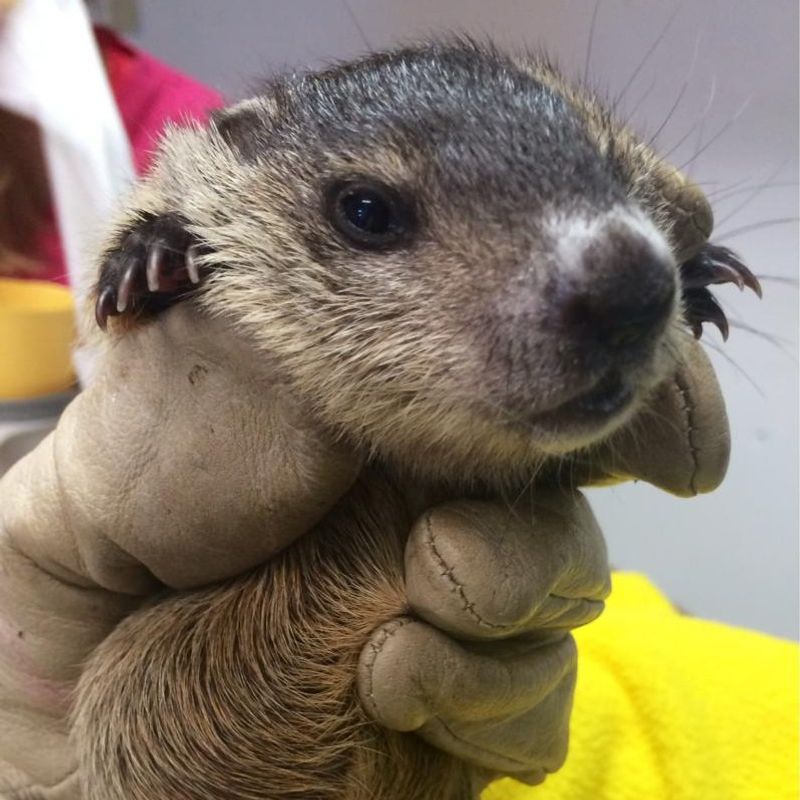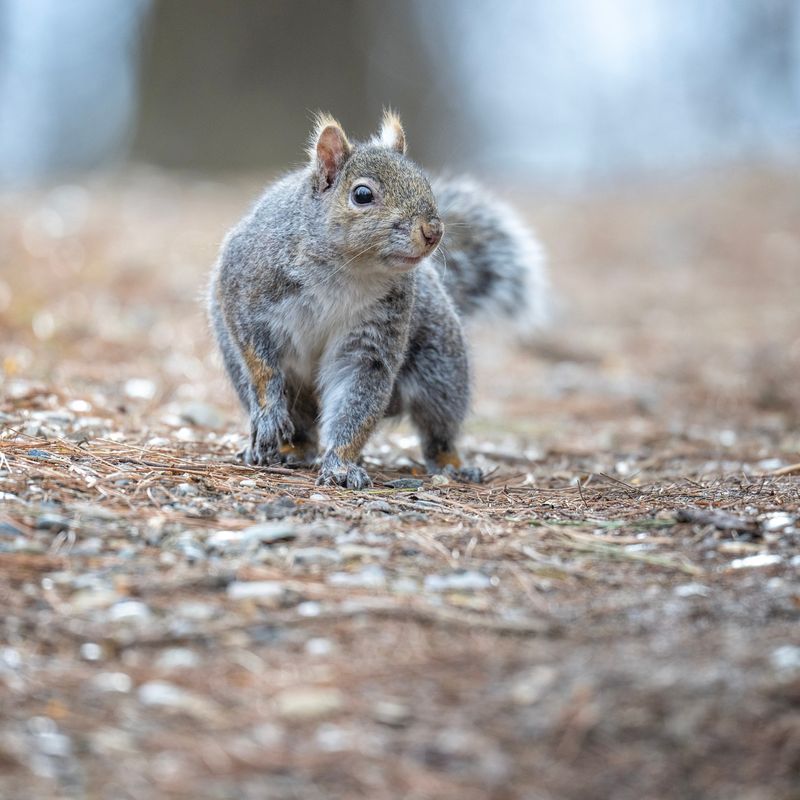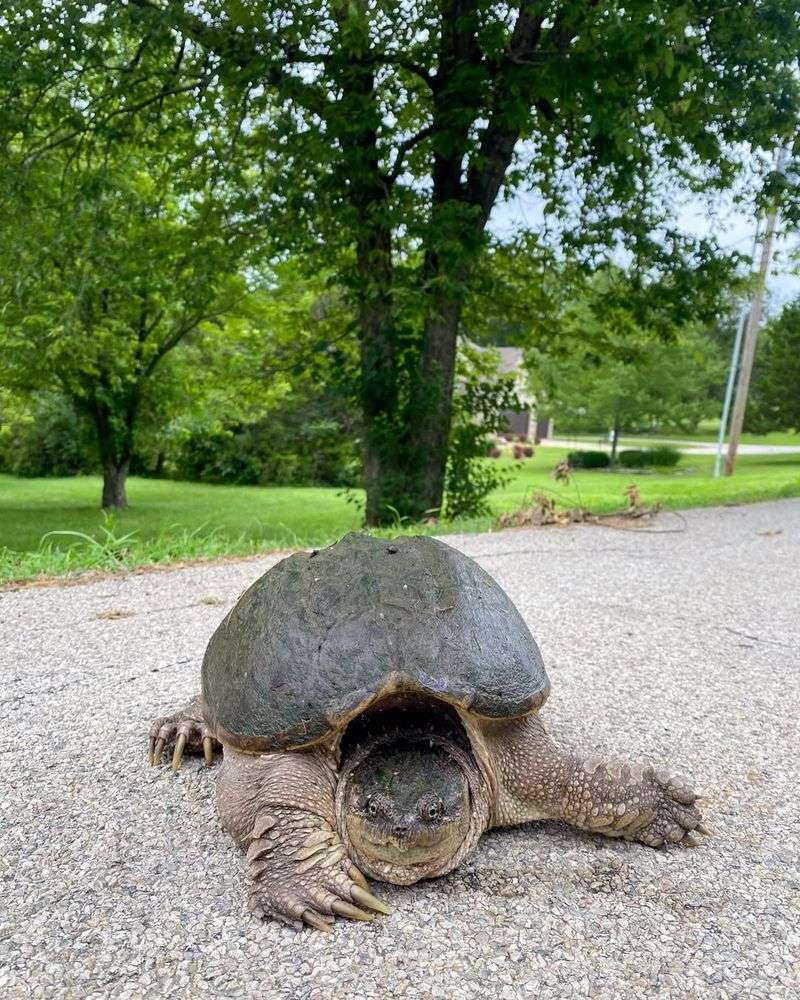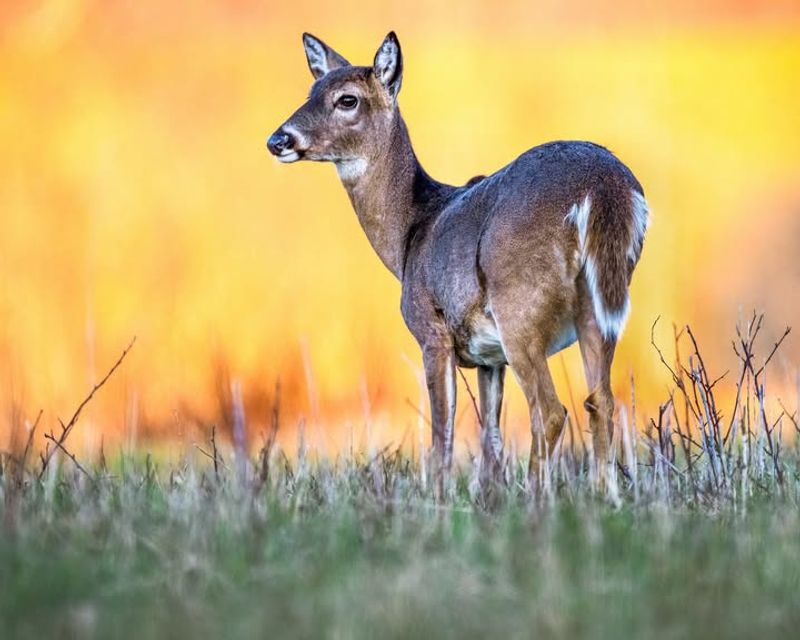Wildlife laws in Maryland protect far more than just endangered species. Many familiar animals are regulated to prevent the spread of disease, protect habitats, and keep ecosystems in balance.
Trapping or moving them without permission can lead to fines or legal trouble, even if the intent is harmless. Several common Maryland creatures must stay right where they are by law.
1. Raccoons
Moving raccoons off your property might seem like a simple solution, but Maryland law says otherwise. Rabies is a serious concern with these masked bandits, and relocating them can spread disease to new areas.
Professional wildlife control experts must handle raccoon removal instead. Trapping and moving them yourself could result in hefty fines, so always call the pros when raccoons become problematic neighbors in your yard.
2. Red Foxes
With their beautiful rusty coats and bushy tails, red foxes captivate many homeowners. However, relocating these cunning creatures violates state regulations designed to prevent rabies transmission.
Foxes adapt remarkably well to suburban life, often denning under sheds or porches. If one takes up residence on your property, contact Maryland Department of Natural Resources for guidance rather than attempting relocation yourself, which carries legal consequences.
3. Skunks
Nobody wants a skunk spraying near their home, but moving them elsewhere isn’t your call to make. State law prohibits skunk relocation because they’re major rabies carriers throughout Maryland.
Even if you manage to trap one without getting sprayed, transporting it breaks wildlife regulations. Licensed nuisance wildlife control operators have proper permits and training to handle skunk situations legally and safely for everyone involved.
4. Gray Foxes
Unlike their red cousins, gray foxes can actually climb trees—a surprising talent for a canine! Despite their fascinating abilities, Maryland prohibits relocating these animals due to disease control concerns.
Gray foxes typically avoid humans and cause minimal problems. If one becomes troublesome around your property, state wildlife officials can provide legal solutions that don’t involve you personally trapping and moving the animal to another location.
5. Opossums
America’s only marsupial might look intimidating when it hisses, but opossums are actually beneficial pest controllers. Maryland law still forbids their relocation, even though they rarely carry rabies.
Playing dead isn’t their only trick—opossums eat ticks, cockroaches, and other unwanted pests. Rather than moving them illegally, consider tolerating their temporary presence or consulting wildlife professionals who follow proper legal channels for removal.
6. Groundhogs
Groundhog Day celebrates these chubby rodents, but their extensive tunneling can damage foundations and gardens. Despite the frustration they cause, Maryland residents cannot legally trap and relocate groundhogs elsewhere.
Burrow systems can extend 30 feet underground, making removal challenging. Professional wildlife handlers possess the necessary permits to relocate problem groundhogs legally, while DIY relocation attempts violate state wildlife management laws and risk penalties.
7. Coyotes
Coyote sightings have increased dramatically across Maryland suburbs in recent years. Their adaptability and intelligence make them successful urban survivors, but that doesn’t mean you can relocate them.
State law prohibits moving coyotes because it disrupts territorial patterns and can increase conflicts elsewhere. If coyotes threaten pets or livestock, contact wildlife management authorities who can address the situation through legal means rather than unauthorized relocation.
8. Beavers
Nature’s engineers can fell trees and flood properties with impressive efficiency. When beaver activity causes problems, frustrated landowners might consider trapping and moving them—but Maryland law prohibits this action.
Beaver relocation requires special permits because moving them impacts entire watershed ecosystems. Their dams create wetlands that benefit countless other species, so wildlife authorities carefully manage beaver populations through regulated channels only.
9. Squirrels
Squirrels raiding bird feeders and nesting in attics drive homeowners crazy, yet relocating them breaks Maryland wildlife laws. Gray squirrels especially adapt to human environments, making conflicts common.
Moving squirrels to parks or woods seems harmless, but it’s illegal without proper authorization. Relocated squirrels often struggle to survive in unfamiliar territory, and you could face fines for unauthorized wildlife transport under state regulations.
10. Snapping Turtles
Finding a snapping turtle crossing your driveway might prompt you to move it to nearby water. Hold that thought—Maryland restricts relocation of these ancient reptiles to protect native populations.
Snapping turtles can live over 100 years and have established territories. Moving them disrupts their lifecycle and may introduce diseases to new locations. If you encounter one, help it cross safely in its intended direction instead.
11. Wild Turkeys
Once nearly extinct in Maryland, wild turkeys have made a remarkable comeback. Flocks sometimes wander into neighborhoods, causing alarm, but relocating them violates state wildlife regulations.
Tom turkeys can act aggressively during breeding season, but they’re protected under game laws. Maryland manages turkey populations through hunting seasons and habitat programs, not through unauthorized citizen relocation efforts that could harm restoration success.
12. White-Tailed Deer
Deer munching your garden vegetables is frustrating, but you absolutely cannot trap and relocate them. Maryland strictly prohibits deer relocation due to disease concerns, particularly Chronic Wasting Disease.
White-tailed deer populations are managed through regulated hunting seasons only. Moving deer spreads diseases across regions and disrupts population management efforts. Fencing, repellents, and strategic planting offer legal alternatives to protect your landscaping from hungry deer.

